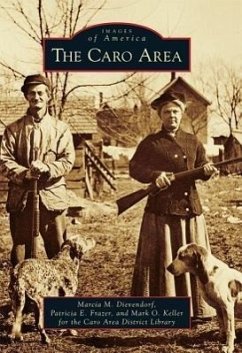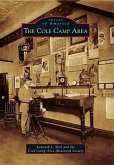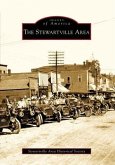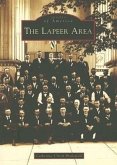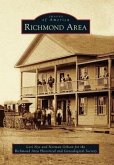In the beginning, the Caro area was part of the vast forests that covered Michigan. It was home to the Chippewa Indians, among others; but by the 1840s, the timberland with cork pine had attracted lumbermen. They were soon followed by pioneers ready to farm the now open fields. By 1855, the settlement of what would become the village of Caro had begun. The great forest fires of 1871 and 1881 made land clearing and farming even easier, and agriculture became the financial engine that drove the growth and prosperity of the area. By the beginning of the 20th century, Caro was the vibrant and busy seat of Tuscola County. The Caro Area shows this evolution through photographs of all aspects of rural and village life from settlement through World War II.
Hinweis: Dieser Artikel kann nur an eine deutsche Lieferadresse ausgeliefert werden.
Hinweis: Dieser Artikel kann nur an eine deutsche Lieferadresse ausgeliefert werden.

